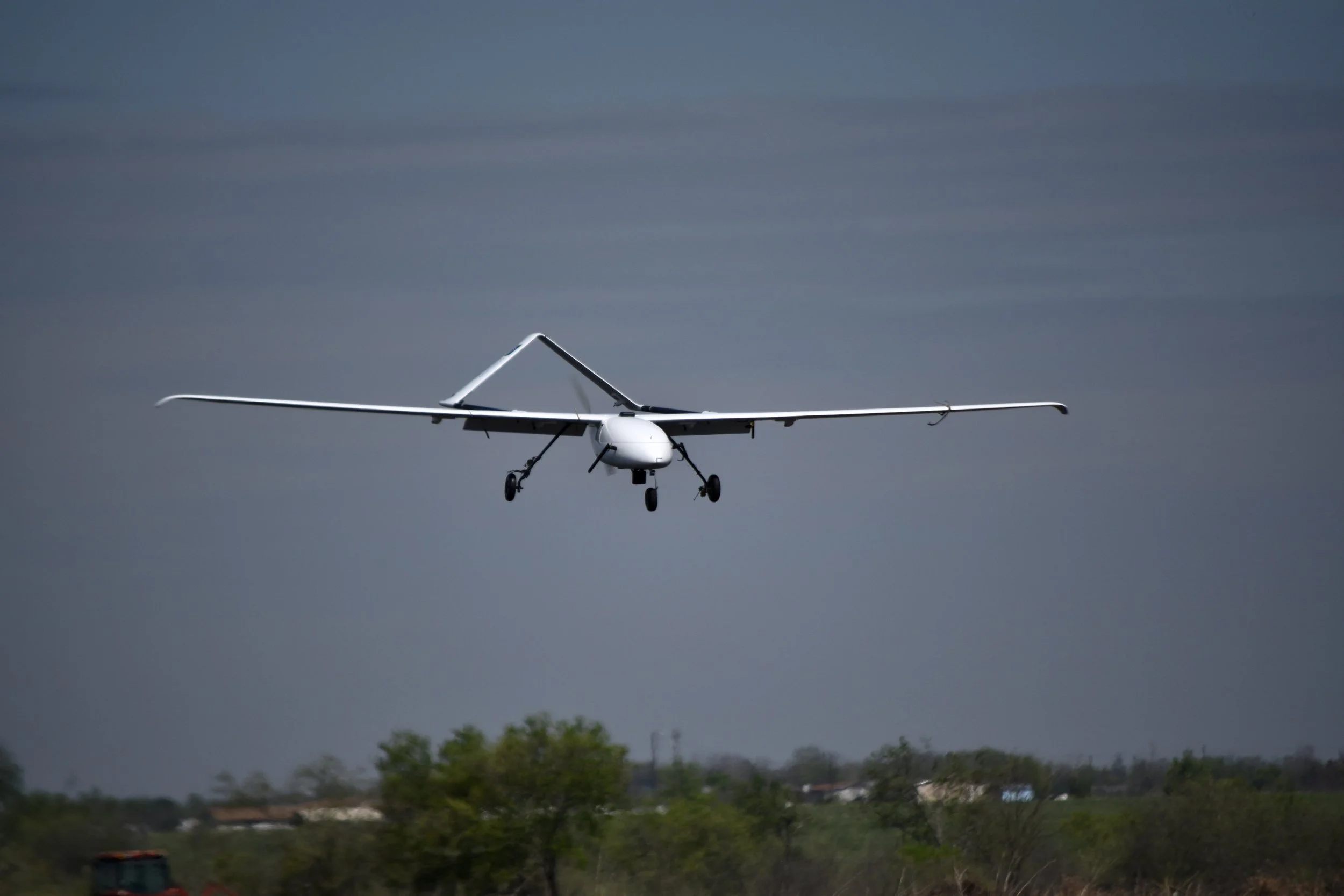Operating a drone beyond the pilot's visual line of sight (BVLOS) presents a set of challenges that are distinct from those faced during traditional visual line of sight (VLOS) operations. BVLOS flights unlock a wealth of opportunities such as large-scale agricultural monitoring, infrastructure inspection, and long-distance delivery. However, to undertake BVLOS missions safely and effectively, the drone must be optimized to handle extended distances, communication lapses, and other related challenges. Here's a guide on how to optimize a drone for BVLOS operations:
Enhanced Communication Systems
Long-Range Transmission: Drones need a robust communication system capable of maintaining a strong signal over extended distances. Solutions like satellite communication, LTE, or dedicated RF bands can be explored.
Redundant Systems: It's wise to have a backup communication method to ensure continuous contact with the drone even if the primary system fails.
Advanced Navigation Systems
High-Quality GPS: Ensuring accurate positioning is vital. Invest in a high-quality GPS module that can provide precise and stable location data.
Obstacle Detection: Equip the drone with sensors such as LiDAR, radar, or sonar to detect and avoid obstacles, especially when flying at low altitudes.
Autonomous Operation
Waypoint Navigation: Drones should be able to follow pre-defined waypoints, allowing them to execute a mission even if communication is temporarily lost.
Fail-safes: Implement algorithms for scenarios like loss of GPS signal or low battery. The drone should be able to return home or land safely autonomously.
Extended Battery Life and Efficient Propulsion
High-capacity Batteries: Opt for batteries that provide longer flight times to cover greater distances.
Power-Efficient Motors: Efficient motors will enhance the drone’s range and endurance, making it more suitable for BVLOS.
Real-time Data Processing and Transmission
Onboard Processing: To minimize the amount of data being transmitted, employ edge computing principles where data is processed on the drone and only relevant insights are sent back.
Low-latency Transmission: Especially crucial for real-time monitoring or surveillance tasks, ensuring that the data feed has minimal delay is pivotal.
Weather Resistance
Given that BVLOS flights can span large areas, drones might encounter varying weather conditions.
Robust Build: The drone should be built to withstand changes in temperature, moisture, and wind conditions.
Thorough Testing
Before committing to extended BVLOS missions, conduct thorough testing in controlled environments. This helps identify any potential weaknesses in the system and rectify them.
Training and Simulation
Even if the drone can operate autonomously, pilots should undergo rigorous training. Using simulators can help pilots familiarize themselves with the drone's behavior during BVLOS operations without actual flight risks.
While BVLOS operations promise revolutionary applications for drones, ensuring safe and efficient flights requires meticulous planning and optimization. By attending to the mentioned aspects, operators can maximize the potential of BVLOS flights while maintaining safety and efficiency.








